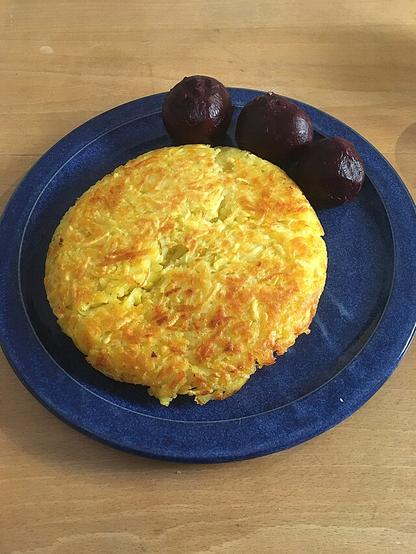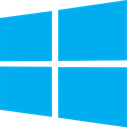A week ago was the 1st anniversary of this solo instance & more generally of my fulltime move to Mastodon. A good time for a more detailed intro, partially intended as CV thread (pinned to my profile) which I will add to over time (also to compensate the ongoing lack of a proper website)... Always open to consulting offers, commissions and/or suitable remote positions...
Hi, I'm Karsten  — indy software engineer, researcher, #OpenSource author of hundreds of projects (since ~1999), computational/generative artist/designer, landscape photographer, lecturer, outdoor enthusiast, on the ND spectrum. Main interest in transdisplinary research, tool making, exploring techniques, projects & roles amplifying the creative, educational, expressive and inspirational potential of (personal) computation, code as material, combining this with generative techniques of all forms (quite different to what is now called and implied by "generative AI").
— indy software engineer, researcher, #OpenSource author of hundreds of projects (since ~1999), computational/generative artist/designer, landscape photographer, lecturer, outdoor enthusiast, on the ND spectrum. Main interest in transdisplinary research, tool making, exploring techniques, projects & roles amplifying the creative, educational, expressive and inspirational potential of (personal) computation, code as material, combining this with generative techniques of all forms (quite different to what is now called and implied by "generative AI").
Much of my own practice & philosophy is about #BottomUpDesign, interconnectedness, simplicity and composability as key enablers of emergent effects (also in terms of workflow & tool/system design). Been adopting a round-robin approach to cross-pollinate my work & learning, spending periods going deep into various fields to build up and combine experience in (A-Z order): API design, audio/DSP, baremetal (mainly STM32), computer vision/image processing, compiler/DSL/VM impl, databases/linked data/query engines, data structures impl, dataviz, fabrication (3DP, CNC, knit, lasercut), file formats & protocols (as connective tissue), "fullstack" webdev (front/back/AWS), generative & evolutionary algorithms/art/design/aesthetics/music, geometry/graphics, parsers, renderers, simulation (agents/CFD/particles/physics), shaders, typography, UI/UX/IxD...
Since 2018 my main endeavor has been https://thi.ng/umbrella, a "jurassic" (as it's been called) monorepo of ~185 code libraries, addressing many of the above topics (plus ~150 examples to illustrate usage). More generally, for the past decade my OSS work has been focused on #TypeScript, #C, #Zig, #WebAssembly, #Clojure, #ClojureScript, #GLSL, #OpenCL, #Forth, #Houdini/#VEX. Earlier on, mainly Java (~15 years, since 1996).
Formative years in the deep end of the #Atari 8bit demoscene (Chip Special Software) & game dev (eg. The Brundles, 1993), B&W dark room lab (since age 10), music production/studio (from 1993-2003), studied media informatics, moved to London initially as web dev, game dev (Shockwave 3D, ActionScript), interaction designer, information architect. Branched out, more varied clients/roles/community for my growing collection of computational design tools, which I've been continously expanding/updating for the past 20+ years, and which have been the backbone of 99% of my work since ~2006 (and which helped countless artists/designers/students/studios/startups). Creator of thi.ng (since 2011), toxiclibs (2006-2013), both large-scale, multi-faceted library collections. Early contributor to Processing (2003-2005, pieces of core graphics API).
Worked on dozens of interactive installations/exhibitions, public spaces & mediafacades (own projects and many collabs, several award winning), large-scale print on-demand projects (>250k unique outputs), was instrumental in creating some of the first generative brand identity systems (incl. cloud infrastructure & asset management pipelines), collaborated with architects, artists, agencies, hardware engineers, had my work shown at major galleries/museums worldwide, taught 60+ workshops at universities, institutions and companies (mainly in EMEA). Was algorithm design lead at Nike's research group for 5 years, working on novel internal design tools, workflows, methods of make, product design (footwear & apparel) and team training. After 23 years in London, my family decided on a lifestyle change and so currently based in the beautiful Allgäu region in Southern Germany.







